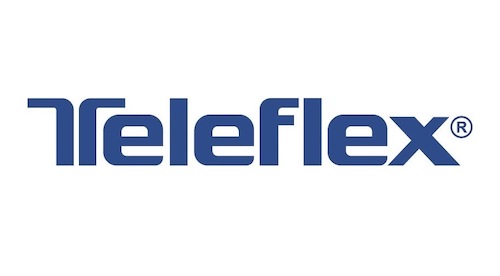
July 1, 2022 – Teleflex announced the results of several research studies that further support the safety and efficacy of the UroLift® System for men living with enlarged prostate, or benign prostatic hyperplasia (BPH), including among those who have a wide range of prostate sizes and/or a median lobe obstruction. The data will be presented at the 37th Annual European Association of Urology (EAU) Congress in Amsterdam and virtually.
“Extensive research has shown that the UroLift System can consistently and rapidly improve BPH symptoms for our patients. The research conducted by some of the world’s foremost BPH experts and presented at this year’s EAU continues to build the body of support, which may help a broad population of men potentially avoid more invasive surgery,” said Jacqueline Welch, Vice President, Global Clinical and Scientific Operations, Teleflex.
Key findings include:
- Pooled outcomes of over 300 controlled subjects from five clinical studies revealed most men shifted to lower international prostate symptom score (IPSS) symptom severity after treatment with Prostatic Urethral Lift (PUL).The majority of subjects (79%) improved by three points or more, and 66% of those patients moved into a lower IPSS severity grade 12 months post-treatment.1
- Comparative evaluation of real-world and controlled trial outcomes of PUL demonstrated that symptom improvement is not correlated to prostate size and shape. The study examined PUL outcomes in differing gland sizes and morphologies, comparing controlled trial results from BPH6 for patients with small prostate sizes and MedLift for patients with obstructive median lobes. At 24 months, all groups demonstrated significant and sustained IPSS improvement.
- An analysis of U.S. healthcare claims revealed higher de novo prescription rates after transurethral resection of the prostate (TURP) and photoselective vaporization of the prostate (PVP) compared to PUL. The study revealed that post-surgical medication usage was significantly higher for BPH patients who were treated with more invasive surgical procedures as compared to those treated with the UroLift System.
